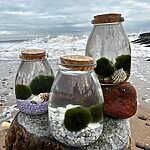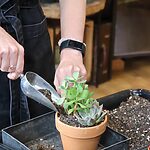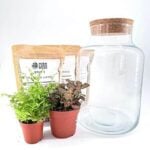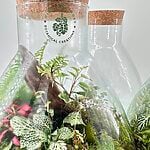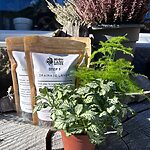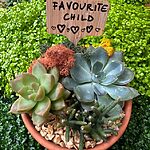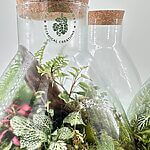All About The Marvelous Monstera!
Table of Contents
- All About The Marvelous Monstera
- Light
- Humidity
- Water
- Soil
- Pests & Disease
- Feed
- Repotting
- Check Out Our Video On How To Care For & Instal Your Moss Pole
- Pruning & Propagating
- Troubleshooting & Tips
- Toxicity
- Species
- Monstera Deliciosa
- Monstera Siltepecana
- Monsters Adasonii
- Monstera Dubia
- Monstera Adasonii Varigated Aurea
Monstera is a genus comprised of 49 different flowering species all part of the Araceae (Aurum) family. They are predominantly evergreen climbing shrubs or vines that are found all over the tropical regions of the Americas.
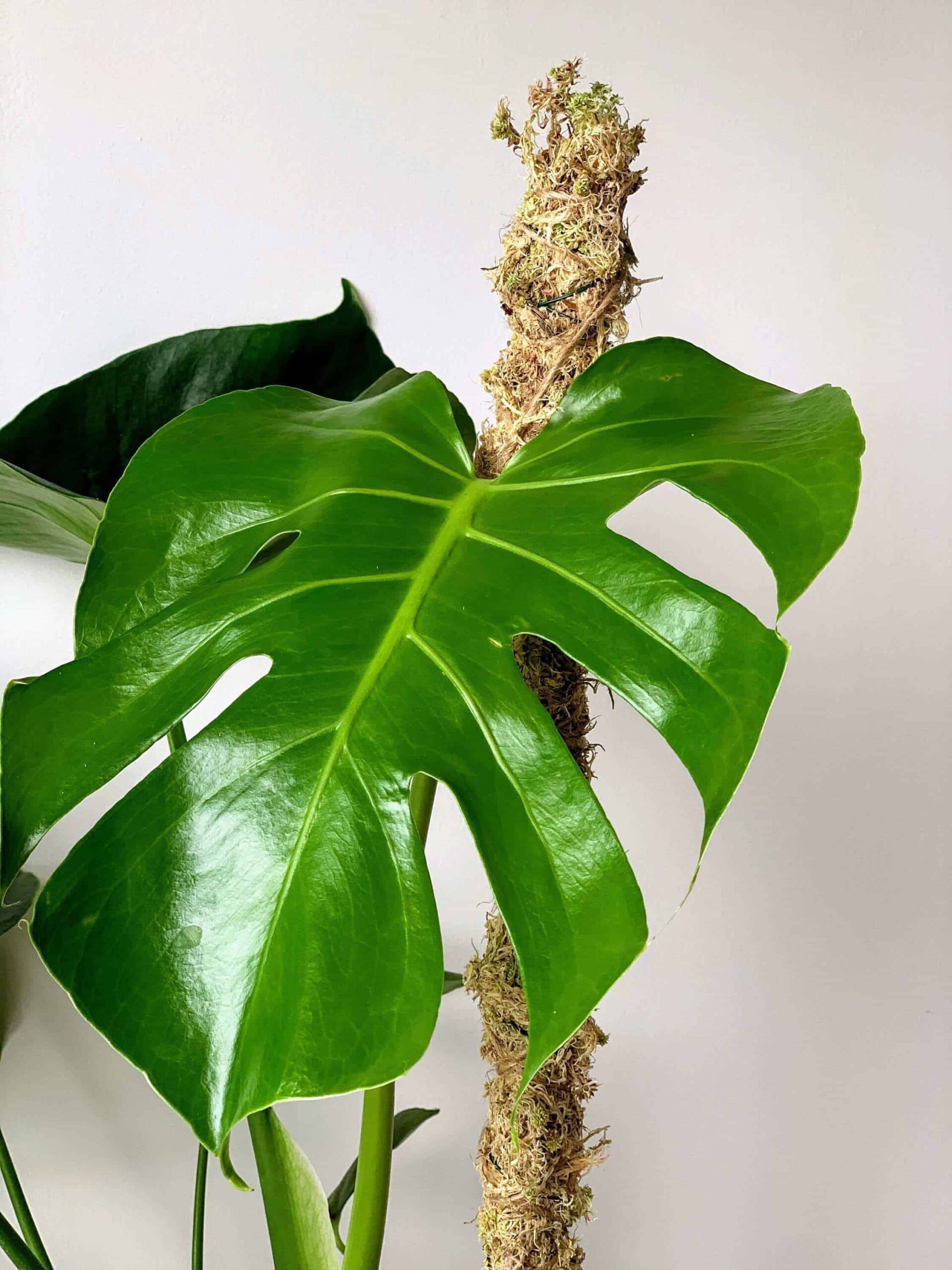
The undisputable icon of the family is Monstera deliciosa, commonly known as the Swiss Cheese Plant or Split Leaf Philodendron. This stunning large-leafed, evergreen, climbing shrub with gorgeous fenestrations (holes/split leaves) hails from the tropical forest of South America, predominately found in the regions of southern Mexico and further south to Panama.
It has rightly received the name Monstera, which translates from Latin to monstrous, for its impressive ability to reach up to 20 metres tall in the wild and produce absolutely humongous leaves! Deliciosa, which translates to delicious, comes from the incredibly unique fruit they can produce. After three long years of hard work, the plant will start to produce flowers that will turn into fruit. Rumour has it that they produce an irresistibly sweet smell of banana and pineapple that fills the air after almost a year of ripening on the plant.
It was first cultivated in England for its fruit around the late 1700s and then introduced to other tropical regions like Hawaii, Seychelles and the Southern Pacific islands where it turned into a semi-invasive species. More than two centuries have passed since it became a must-have for plant collectors.
There are 22 species of Monstera deliciosa that can be found in the wild and many more different varieties and cultivars. The majority of species are classed as hemiepiphyte, unlike an epiphyte which only lives terrestrially using aerial roots to latch on to trees, hemiepiphyte will live terrestrially on trees as well as growing in the ground to create anchor points.
Light
Monstera thrives from bright, indirect light, or partial shade like most houseplants. The brighter the spot, the more vigorously the plant will grow. But with the natural environment in mind, they are hardy enough to grow in lower light conditions at a slower rate, which can be desirable if you want to keep your plant from going completely wild. This is one of the main reasons Monstera are such fantastic houseplants because they can adapt and perform well in a range of light conditions.
Humidity
Being a tropical forest plant, Monstera thrives in high humidity. It’s important to know that the large leaves are covered in thousands of tiny pores to help absorb moisture from their environment. If the humidity is not high enough these pores will begin to close making it difficult for the plant to absorb water and stay healthy and hydrated. Monstera feels most comfortable at around 60-70% but will tolerate 40-50% humidity. You can increase humidity by regularly misting your plant throughout the day or providing a heavy misting with every couple of days.
Pro Tip – The best way to maintain high humidity is to use a humidifier placed about a meter away from your plant to provide high ambient humidity. Alternatively, you could place your plant on an undertray filled with clay pebbles or small stones that are sitting in a shallow layer of water. Make sure the plant is not submerged in any water as this can lead to root rot. As the water from the undertray evaporates from the surface of the pebbles or stones it will keep humidity levels high exactly where you need it most.
Water
Monstera sits comfortably in the middle of the watering spectrum. They like to have their soil kept relatively moist but not wet or soggy as this can lead to root rot and fungal infection. The plant shouldn’t be allowed to dry out completely as this will result in brown and crispy leaves that will not recover. A continuous moist soil will be the ideal sweet spot. When in doubt, it’s always better to underwater your Monstera than to water it too much. In this case, underwatering is a much easier problem to solve!
Soil
Monsteras prefer well-drained soil that can retain moisture between watering. The ideal soil mix for Monsteras will be nutrient-rich, allow for good aeration, be slightly acidic, and free-draining with a smidge of water retention. Most aroid potting mixes will be sufficient, but you can always add perlite for some additional drainage, and vermiculite for added water retention. With a combination of these, you can provide the best environment for your plant to thrive.
Pests & Disease
Pests are the bain of all houseplant lovers’ lives. They seemingly appear out of nowhere and proceed to sap all the goodness out of our leafy friends.
Unfortunately, this is no different with Monstera. It is good practice to regularly check your plants for any signs of aphids, red spider mites, mealy bugs, and thrips. You may notice some signs of distress and allow yourself time to prevent a full-blown attack.
The most common pests that are attracted to Monstera are aphids and spider mites.
- The older growth on your plant will prove too tough for aphids and they will be attracted to feed on new growth, so if you have signs of aphids be sure to check all the newest leaves first as this is where they will hide.
- Spider mites can quickly drain the chlorophyll from your beloved plant so keep a close eye out for changes in colour if you suspect you might have an infestation on the plant. Spider mites can be hard to spot so keep an eye out for their webs as this will be an easier way to identify the problem.

Check our video on homemade pest remedies or head over and read are Fungus Gnat Fact Check and Home Remedies how to guide
Feed
Since Monsteras are such vigorous growers, with the potential to outgrow your house, they will need regular feeding to keep them happy. Like most houseplants, to promote healthy roots, stems, and leaves they will need a steady supply of nitrogen, phosphorus, and potassium. The most important is nitrogen to keep their leaves large and looking their best.
A good liquid houseplant feed can be applied every two to four weeks during the growing season. There’s no need to feed during the winter, light levels are much lower and the plant won’t use as much energy to grow.
Repotting
It’s best to re-pot your Monstera once the roots fill their pot. Depending on the size of the plant, you may find yourself repotting once per year. That being said, they don’t mind being pot-bound, they can survive like this for quite some time, as long as they are receiving enough nutrients via feeding.
The pot size can increase by one step up every year for as long as you have the space to house the new influx of growth. If you have reached your maximum pot size you will need to top dress the plant once a year with a fresh layer of soil to replenish the nutrients.
The best time to repot your Monstera is when spring arrives. Outside temperatures will rise and the daylight hours will increase. When this happens your Monstera will react quickly to the environment change and start producing lots of new roots and foliage growth.
- You will need to pick a pot with good drainage, we don’t want water hanging around the pot.
- Next, fill a third of the way up with an Aroid Potting mix
- Place the root ball of the plant in the centre of the pot trying to tuck in as many of the aerial roots as possible.
- Now time to place the moss pole. It’s important to use a moss pole because it acts as a natural climbing frame for your Monstera. Without one of these, Monstera can become a bit unruly. For Extra Tips Check Out Our Guide To Install a Moss Pole
- Once you’ve got the moss pole in place, fill the pot with the rest of your potting mix and firm down the soil.
- Now it’s time to tie up the long-reaching stems to the moss pole to start it off on its climbing journey.
When you’ve finished and got your plant back in the perfect spot you can give it a thorough watering to settle the plant into its new pot. Keep a close eye on it for the first couple of weeks and then relax back into your normal watering and feeding schedule.
For More Great Advice About Our Moss Poles Check Out This Useful Guide How To Care For Your Moss Pole!
Some Useful Video On How To Care For & Install Your Moss Pole!
Pruning & Propagating
Due to the fast-growing nature of these plants, it’s useful to trim them back to keep them from growing out of control. It’s best to keep the new growth trimmed back throughout the spring and summer if you are happy with the size of your plant.
REMEMBER – Always use clean and sharp pruning scissors!
Monstera is a great plant to practice propagating as cuttings take quite easily and will start producing a new root system relatively quickly. There are three effective methods to start propagating from your plant.
Cutting – If you prune back your Monstera at the node (this is the point on the stem where a leaf is attached), you will end up with a mass of great cutting material. Simply place your cuttings in a glass of rainwater and wait for up to 2 – 4 weeks to start seeing signs of new roots. You will need to regularly change the water to avoid algae. Once you have substantial root growth you can place the cutting into a small pot of Aroid mix.
Keep a close eye on these small pots as they will dry out quickly!
Cutting – You can also put your cutting straight into a jar with fresh sphagnum moss. This is probably the easiest way to propagate as it has the least steps involved. Simply take your cutting at the node, find a jar or pot preferably with no drainage holes, fill it up with fresh moss and nestle your cutting in the centre. Fill up the jar with water so the moss has been evenly watered and then drain out all excess water making sure not to leave any at the bottom of the jar when standing upright. Now just keep an eye on your new cutting checking the moss every couple of days to ensure it hasn’t dried out.
We’ve Got All Sorts Of Great Moss You Can Use Check Out Our Fresh Or Preserved Moss!
Air layering – The first step is to find a node (this is the point on the stem where a leaf is attached) with an aerial root growing underneath. Then using a clean sharp knife or pruning scissors make a small notch just below the root in the stem, it doesn’t have to be very deep. By making a small notch you are encouraging growth hormones in that specific area. Then cover the aerial root, the notch, and the node in a thick layer of damp sphagnum moss. Wrap around the moss with plastic wrap and then tie it over with string to make sure it’s held in place. You will need to keep the moss damp at all times and don’t allow it to dry out. After a month or so you should start seeing signs of new aerial roots appearing in the moss. At this point, carefully cut off the piece of plant and move it into a pot with Aroid potting mix.
Troubleshooting & Tips
Signs that your Monstera needs more light;
- The leaves won’t split or develop holes.
- Discolouration of the leaves looking yellowish or anaemic.
- Growing very slowly and not producing new growth.
- Soil takes a long time to dry out.
- Plant looking leggy
Check out the light sections to solve any of these issues
Signs that your Monstera has been over-watered;
- Yellowing and dark brown spots on the leaves.
- Stems feeling soft and mushy.
- White and green mould on the surface of the soil
Check Out Another One Of Our Helpful Articles On Leaf Spot!
Signs that your Monstera is not getting enough water;
- Soil pulling away from the edge of the pot
- Yellowing leaves
- Crispy brown edges on leaves
- Yellow and brown spotting
- Leaves wilting and curling
Check out the Water section to solve any of these issues
Other Useful Tips;
- To encourage larger leaf growth and more splits in the leaves, trim away all of the smaller, older leaves around the base and lower stems of the plant.
- Placing a few aerial roots in a jar of water while still attached to the plants can encourage new leaf growth.
- Keep the leaves of your Monstera well dusted. Dust build-up can block the pores on the surface of the leaf and make it difficult for the plant to absorb moisture from the air. It also acts as a light barrier, reducing your plant’s ability to photosynthesise.
Toxicity
Monstera foliage is potentially harmful if ingested. While nowhere near fatal, it can cause mouth and stomach irritation and potentially vomiting. So best to keep it out of the reach of children and pets.
Species
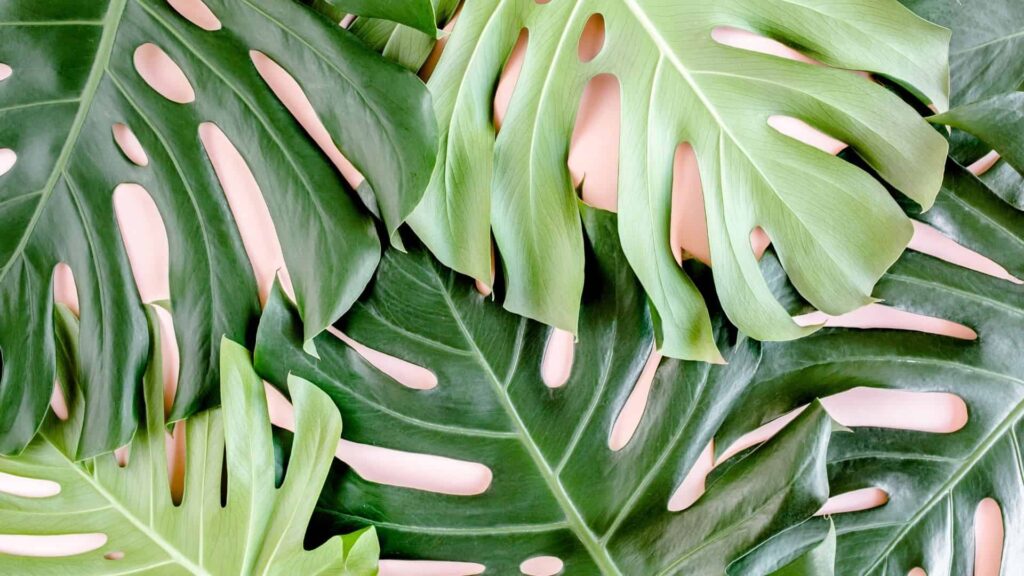
Monstera Deliciosa
This must-have house plant has stunning large rich green glossy leaves, with gorgeous fenestrations (holes/split leaves). With time they produce long-hanging aerial roots that look like something out of the Jungle Book. Climbing up a moss pole(insert link) this easy-to-care-for house plant can fill any space large or small with pure beauty.
Head Over To The Shop & Enjoy This Plant As Part Of Our 3 for £20 Range Grab Yours Now!

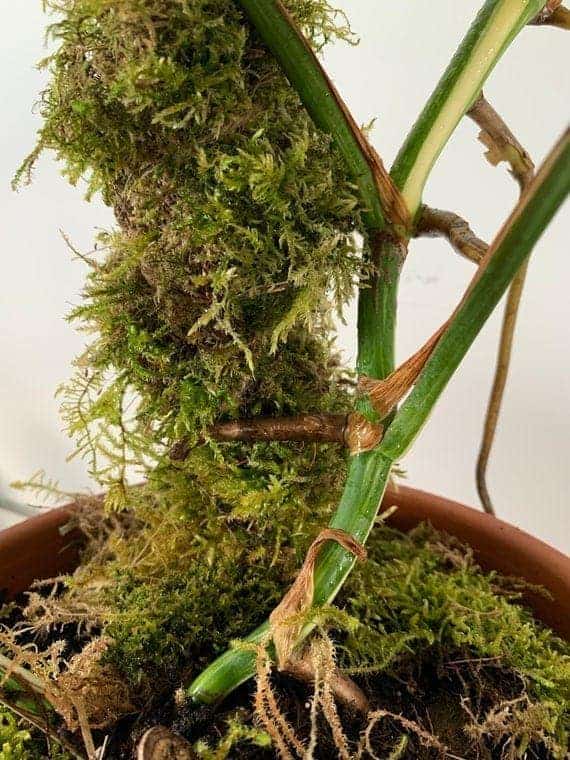
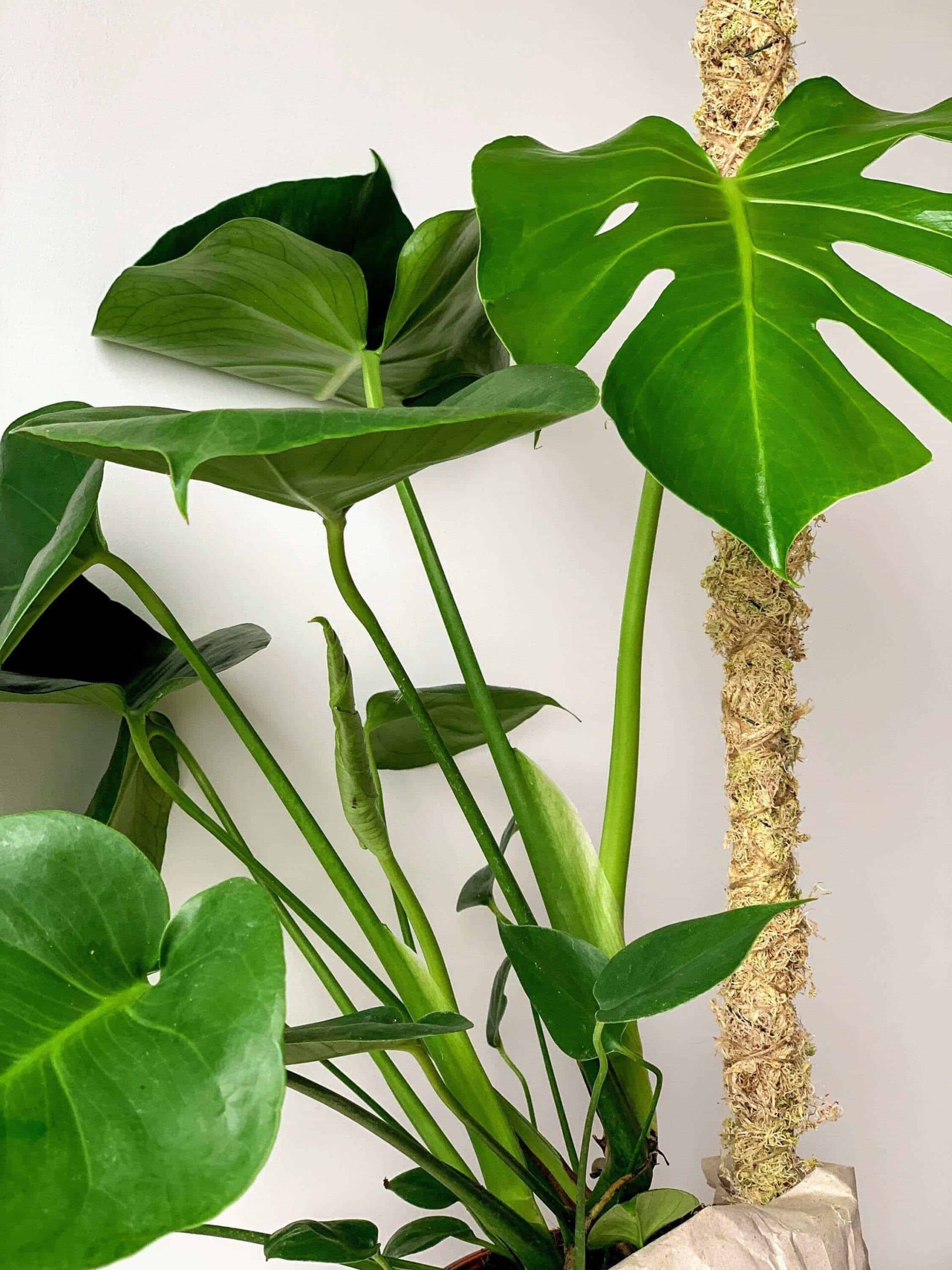
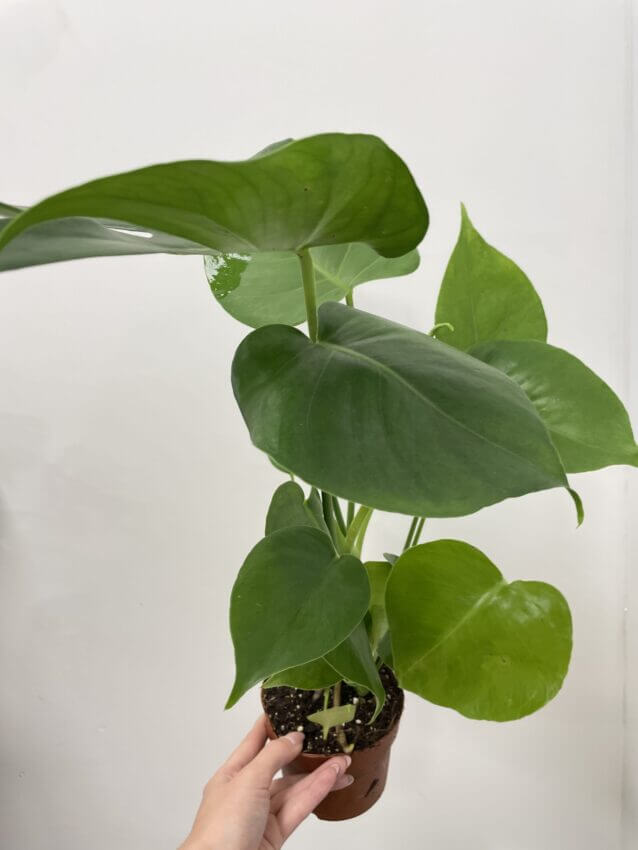
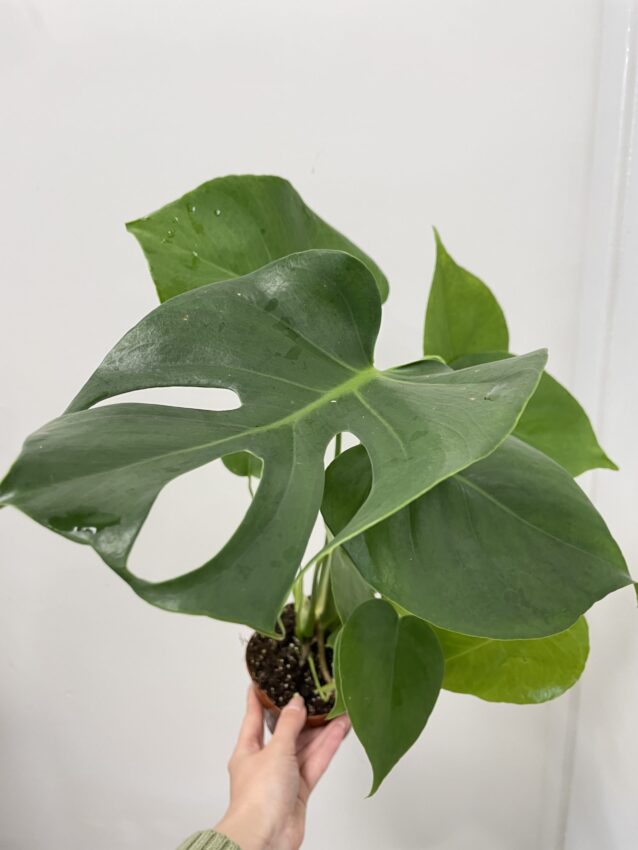

Monstera Siltepecana
Commonly known as the Silver Monstera, this stunning variety of Monstera vine makes a very quick-growing climber. There are two stages to the life cycle of this easy-to-care-for plant. While in its juvenile state, the plant creates lanced-shaped, light green leaves, with silvery tones in the centre. Once reaching maturity it will start to show the more commonly seen dark green glossy leaves with the unmistakable fenestrations(the holes/split leaves).
Head Over To The Shop To Grab Yours Now!
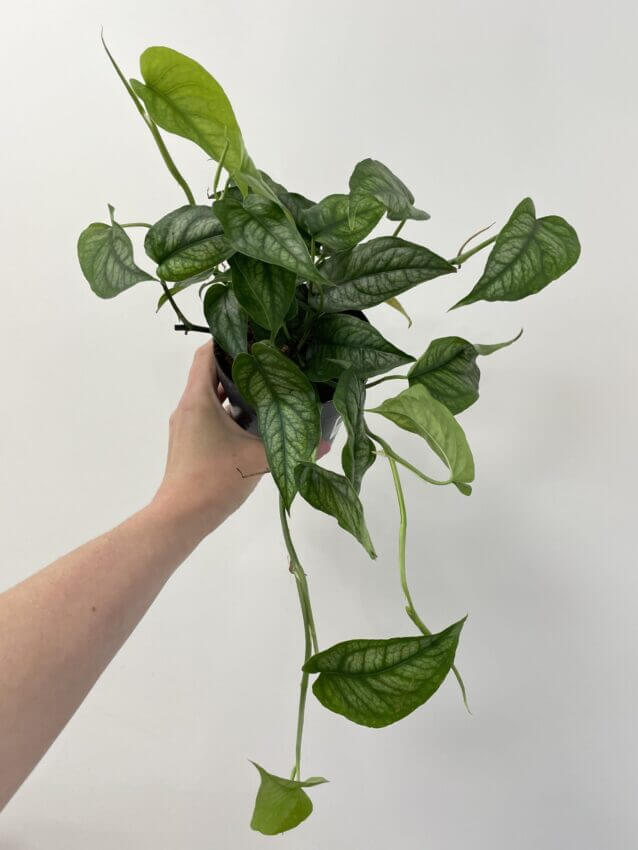
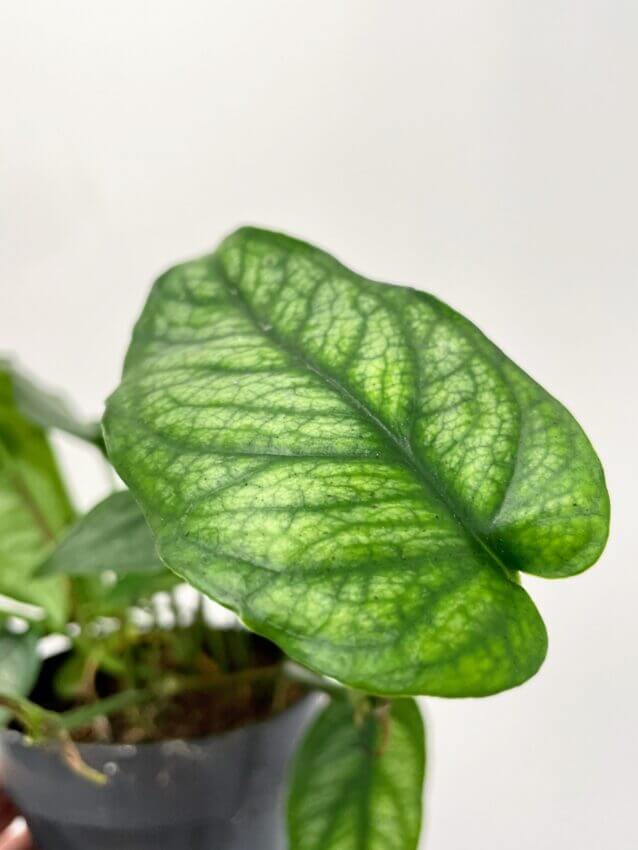

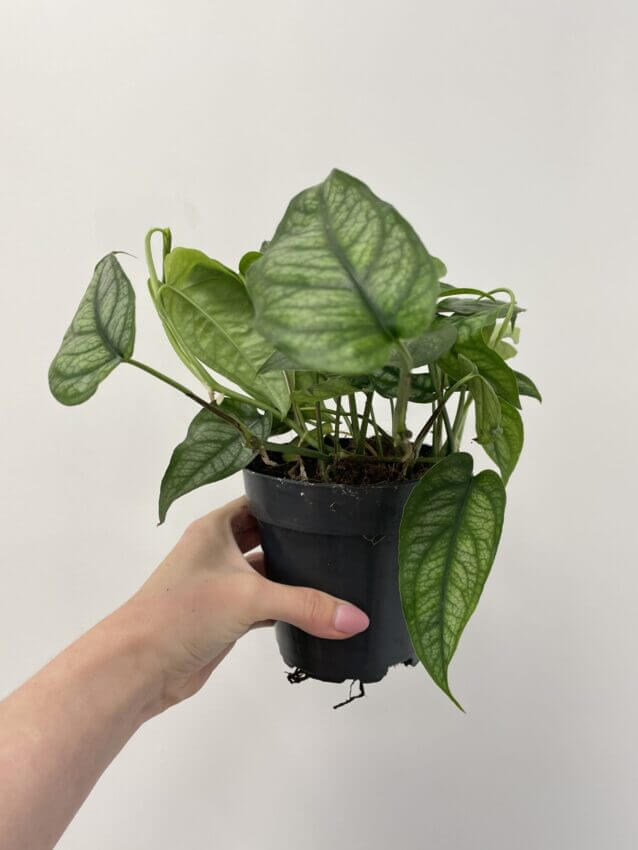

Monsters Adasonii
Commonly known as Monstera monkey mask/face this is another variety of climbing vine. With smaller, more delicate features the plant produces glossy, dark green, heart-shaped leaves covered in fenestrations(the holes/split leaves). This plant is a great plant for beginners as it is incredibly easy to grow and care for.
Head Over To The Shop To Grab Yours Now!
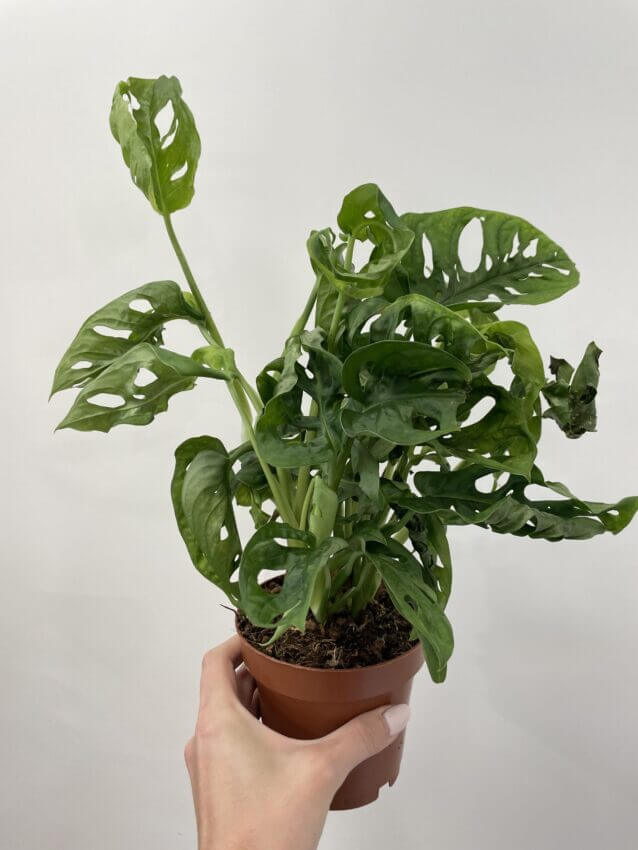
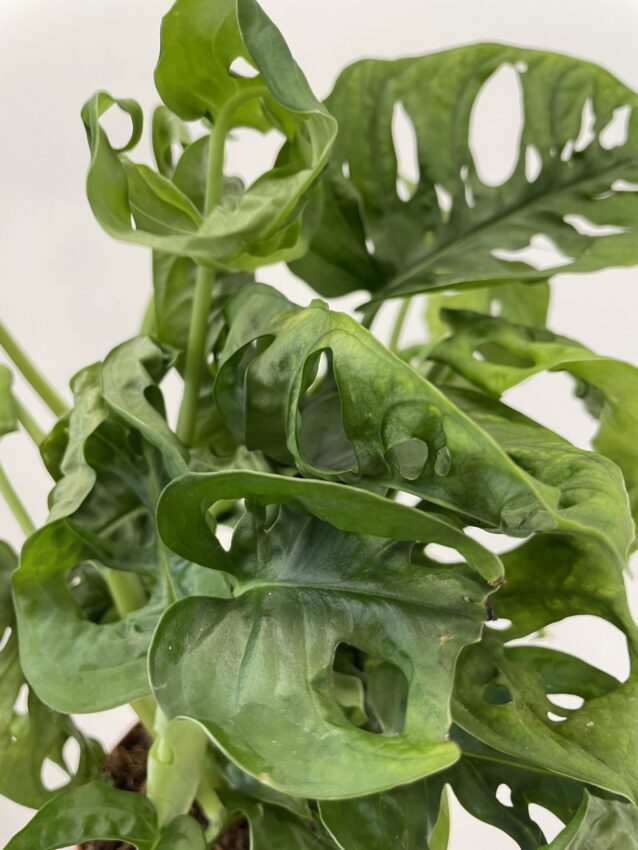
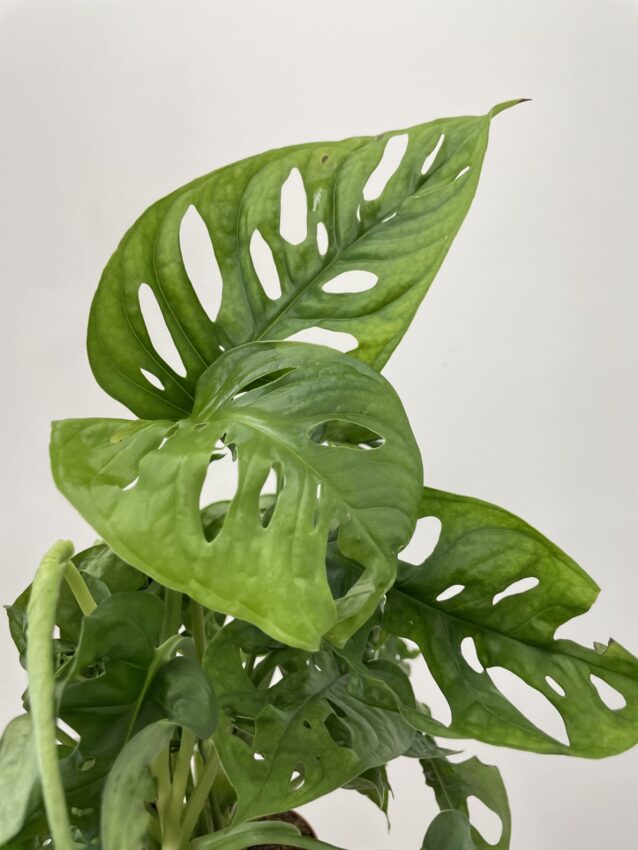
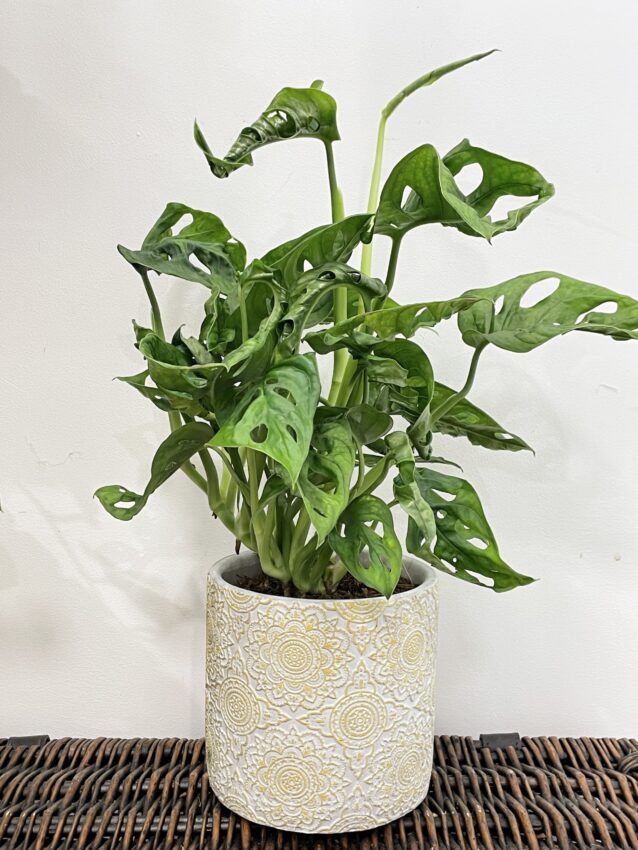

Monstera Dubia
This is definitely one of the more unique varieties of Monstera. The creeping vine grows almost flat, needing continuous support from either a moss pole or, the more favourable in this case to show off those leaves, a plank of wood. This plant has two life cycles, while unlikely to reach maturity as a houseplant, as this often will only happen in the wild. You can still expect to enjoy the juvenile cycle stunningly displaying glossy green and silvery/greyish variegated foliage.
Head Over To The Shop To Grab Yours Now!




Monstera Adasonii Varigated Aurea
Now we are coming to the real business end of the Monstera species. Adasonii Varigated Aurea is incredibly rare and almost unheard of in the wild due to its variegated leaves. Plant variegation is caused by genetic mutations in seedlings. The less likely the chance of mutation the rarer the variegated form becomes. With Monstera there is around a 1 in 6,000 chance of a plant developing a mutation that will result in a variegated form. This plant has a lighter green leaf and is scattered with all different forms of white variegation on the leaves. Unlike a lot of species, this plant will keep its variegation even in lower light conditions.
Head Over To The Shop To Grab Yours Now!
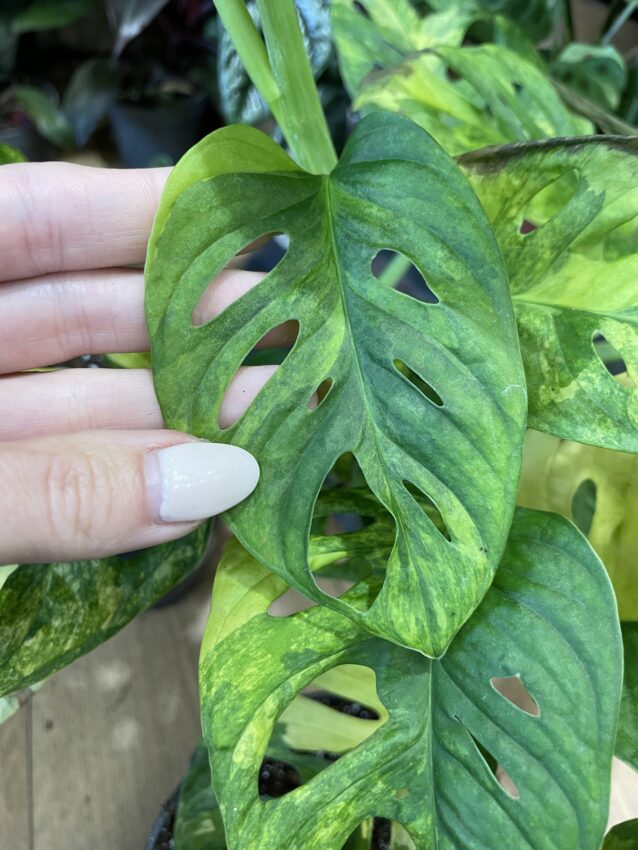

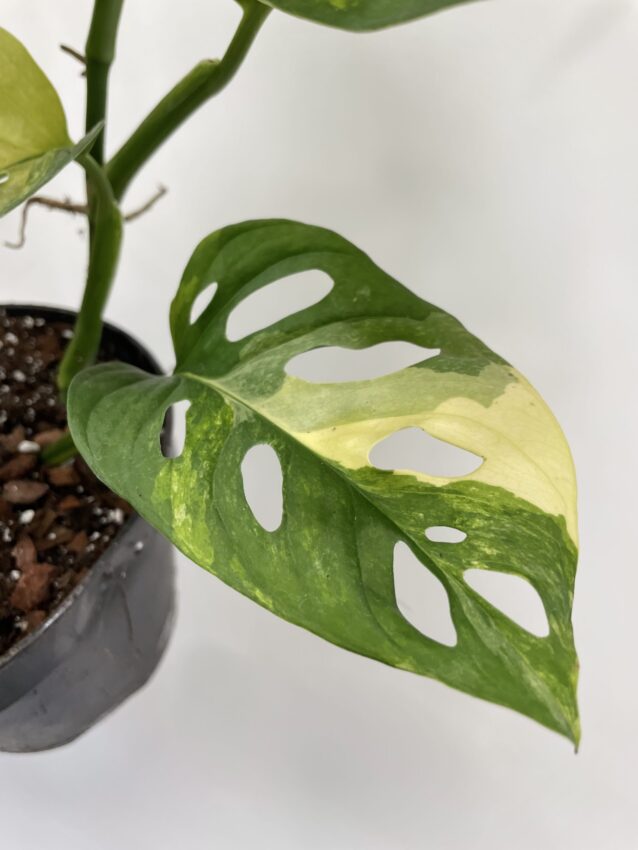
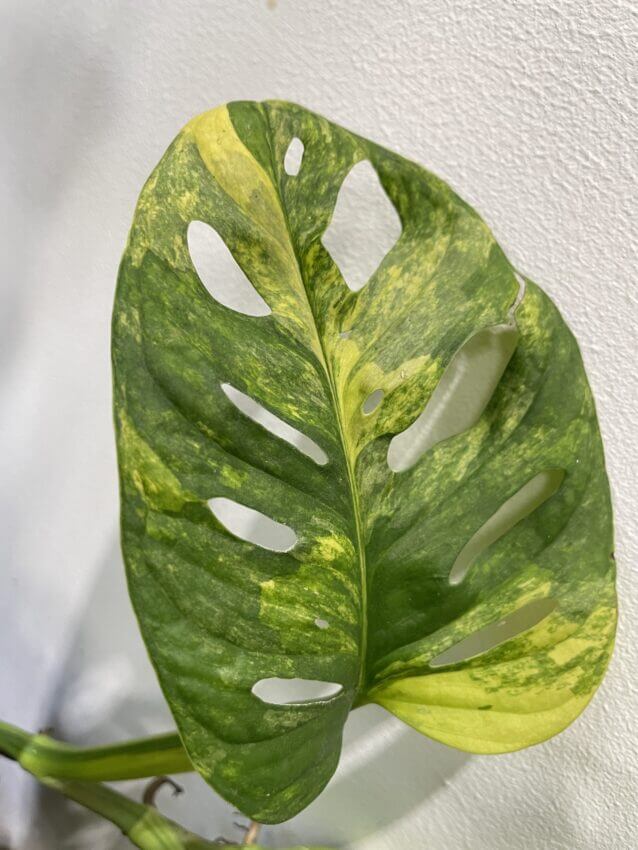
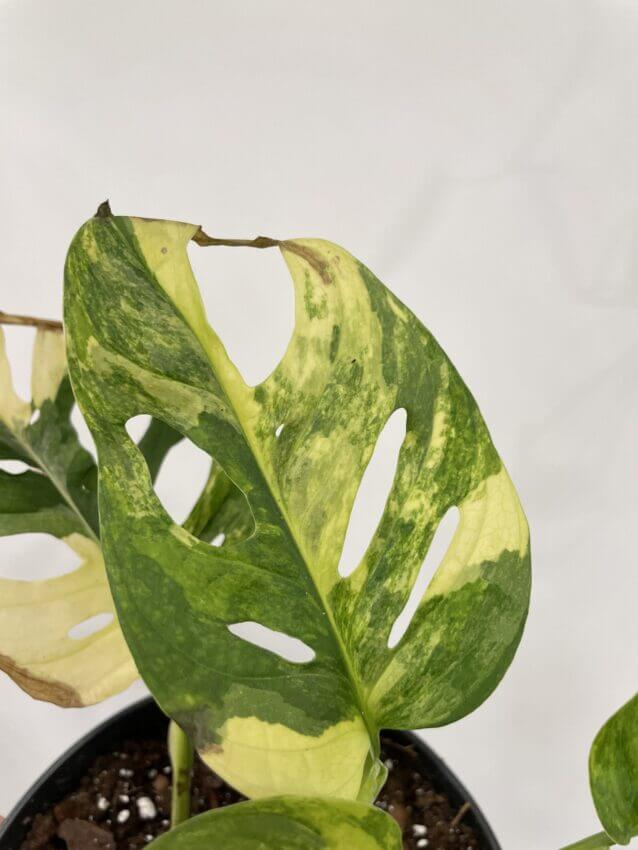
If you enjoyed this guide head over to Articles & Blogs to learn more or check out our YouTube for even more useful information!


